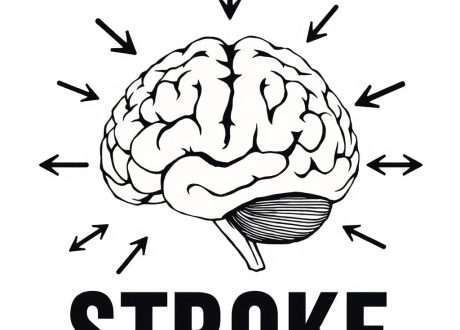Abstract 
Background
The diagnostic performance of the high-sensitivity troponin T (hs-cTnT) 0/2-h algorithm is unclear among U.S. emergency department (ED) patients with acute chest pain.
Methods
A preplanned subgroup analysis of the STOP-CP cohort study was conducted. Participants with 0- and 2-h hs-cTnT measures prospectively enrolled at eight U.S. EDs from January 2017 to September 2018 were stratified into rule-out, observation, and rule-in zones using the hs-cTnT 0/2-h algorithm alone and combined with the history, electrocardiogram, age, and risk factor (HEAR) score. The primary outcome was adjudicated 30-day cardiac death or myocardial infarction (CDMI). The sensitivity and negative predictive value (NPV) of the 0/2-h rule-out zone and specificity and positive predictive value (PPV) of the rule-in zone for 30-day CDMI were calculated.
Results
Of the 1307 patients accrued, 53.6% (700/1307) were male and 58.6% (762/1307) were White, with a mean ± SD age of 57.5 ± 12.7 years. At 30 days, CDMI occurred in 12.9% (168/1307) of participants. The 0/2-h algorithm ruled out 61.4% (802/1307) of patients. Among rule-out patients, 1.9% (15/802) experienced 30-day CDMI, resulting in a sensitivity of 91.1% (95% confidence interval [CI] 85.7%–94.9%) and NPV of 98.1% (95% CI 96.9%–98.9%). The 0/2-h algorithm ruled in 12.4% (162/1307) patients of whom 61.7% (100/162) experienced 30-day CDMI. The rule-in zone specificity was 94.6% (95% CI 93.1%–95.8%) and PPV was 61.7% (95% CI 53.8%–69.2%) for 30-day CDMI. The 0/2-h algorithm combined with HEAR score ruled out 30.7% (401/1307) of patients with a sensitivity and NPV for 30-day CDMI of 98.2% (95% CI 94.9%–99.6%) and 99.3% (95% CI 97.8%–99.8%), respectively.
Conclusions
The hs-cTnT 0/2-h algorithm ruled out most patients. With NPV of <99% for 30-day CDMI, the hs-cTnT 0/2-h algorithm, many emergency physicians may not consider it safe to use for U.S. ED patients. When combined with a low-risk HEAR score, NPV was >99% for 30-day CDMI at the cost of reduced efficacy.











